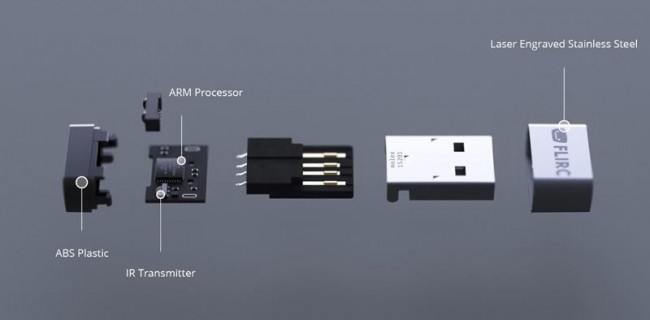


This told omxplayer to use the local HDMI connection for video output.Īll this was from my computer through an SSH session so I never controlled the pi directly. Once SSHFS was working, and HDMI received sound, I just executed this command: omxplayer -o hdmi /media/stream/my_movie.mkv. The whole answer can be found here: Stackoverflow. A little bit of research lead me to this change in the pi’s boot config. With omxplayer, I had a few problems, because sound was not coming through the HDMI cable.
FLIRC REMOTE RASPBERRY PI MOVIE
So, instead of having the movie on the pi, I’m streaming through a faster SSD with SSHFS. From time to time, I experienced lateness in sound, or stutter in video. However, the SD card on which it sits is simply not fast enough. When I was done, I just plugged in the Flirc, and proceeded to setup the pi. Now, my pi is running headless, and the Flirc binary isn’t quite working with raspbian so to do the binding, I just did that on my main machine.
FLIRC REMOTE RASPBERRY PI SOFTWARE
Setting up key bindings for the control, is as simple as starting the Flirc software and pressing buttons on the remote to map to keyboard keys. Flirc is a very easy way of doing just that with a simple remote control. I hate getting up, or having a keyboard at arm length to control the pi. So, I like to sit in my couch and watch the movie from there. Use Flirc for remote control, omxplayer for streaming the movie from an SSD on a headless PI controller via SSH and enjoy a nice, cold Lemon - Menta beer. Today, I would like to tell you about my configuration for a low budget Home Theater setup.


 0 kommentar(er)
0 kommentar(er)
